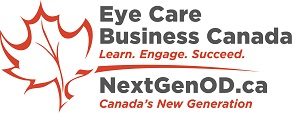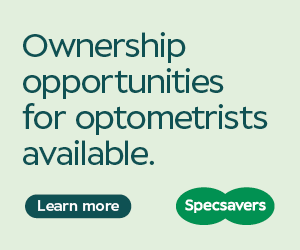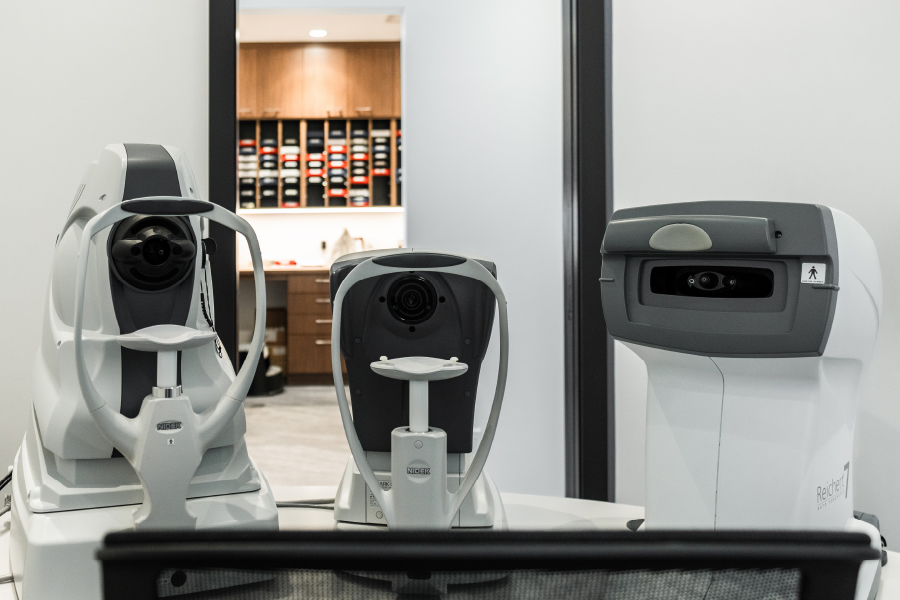
At IRIS, professionalism is a promise.
Every member of our team—whether optometrist, optician, or advisor—shares a deep commitment to quality and excellence. We believe that our patients’ trust is earned through the passion we bring to our work, along with honesty and respect.
This is why every visit to IRIS is guided by meticulous attention to detail, genuine listening, and a sincere desire to provide the experience of better vision. Professionalism also means recognizing that every pair of eyes is unique. We don’t simply sell eyewear—we support people.
Our approach is rooted in a thorough understanding of each client’s visual needs, lifestyle, and aesthetic expectations. Every recommendation is thoughtful, personalized, and supported by the expertise of passionate professionals.
Quality as a Signature
At IRIS, the quality of our care and service leaves nothing to chance. Our professionals practice according to the highest industry standards and provide rigorous follow-up at every stage of the visual journey.
From comprehensive eye exams to precise frame adjustments, every action is performed with care. We use advanced diagnostic instruments to ensure the early detection of visual and ocular conditions. Our mission is simple: to offer high-quality products and services in the field of eye care.
Every lens, every frame, and every treatment is selected based on strict criteria of performance, durability, and comfort. Because every patient’s eyes deserve the very best, IRIS partners with leading manufacturers and develops exclusive technologies that redefine vision standards in Canada.
Apogée Lenses: Precision Reinvented
A product of IRIS expertise and innovation, Apogée lenses represent the highest standard in customized vision.
They are designed using advanced technologies that enhance clarity, precision, and sharpness in all conditions. Each Apogée lens is tailored to the unique physiology, visual habits, and environment of every client.

Thanks to an ultra-precise manufacturing process, Apogée lenses deliver a smooth, natural visual experience. They reduce optical aberrations, improve contrast, and provide comfortable vision from morning to night.
It’s the perfect solution for those seeking vision without compromise. Apogée lenses are also backed by the IRIS unconditional guarantee—a testament to our complete confidence in their performance and durability. Choosing Apogée means choosing optimal optical quality and personalized comfort.
Personalized Service
At IRIS, every client is welcomed as a guest. Our service is built on human connection above all else. We take the time to learn about their story, their activities, and their specific visual needs.
Our teams don’t simply offer a product—they create an experience.
From booking an appointment to receiving their new glasses, every step is designed to make their visit to IRIS pleasant and reassuring.



























